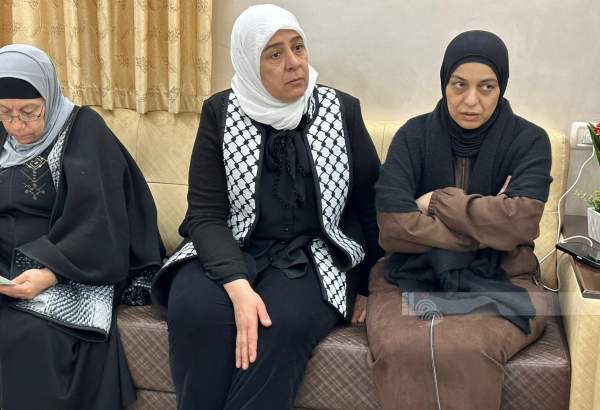Marking International Women's Day, which coincides on March 8 of every year, the Palestinian Central Bureau of Statistics (PCBS) said in a report published today that women represent half of the Palestinian society.
22 Jan 2025
- UK legal scholars demand inquiry into policing of pro-Palestine protest
- Israeli army destroyed 80% of northern Gaza: Palestinian official
- Israeli Army Maintains Military Operations in Jenin Amid Rising West Bank Tensions
- Yemen's Houthis Declare Intent to Target Only Israel-Linked Vessels After Gaza Agreement
- Lebanon Reports 17 Additional Israeli Violations of Ceasefire
- Unraveling Impact of Global and Regional Power Struggles in Syria
- Syria: the path to constitution and social justice
- Hezbollah senior official assassinated in Lebanon’s Beqaa region
- Leader calls for de-dollarization of Iran commercial interactions
- Israeli senior military official resigns over October 7 failures









